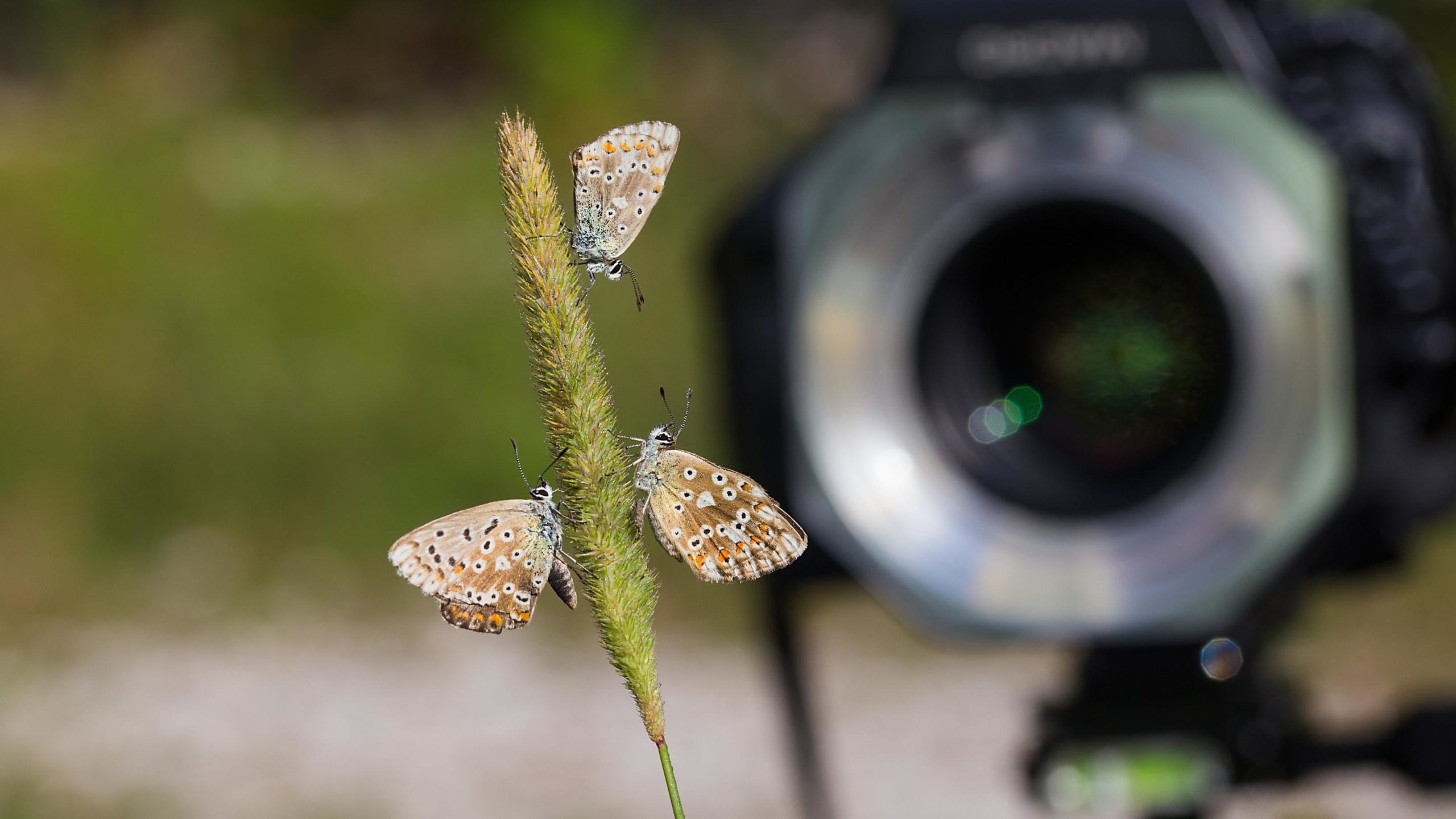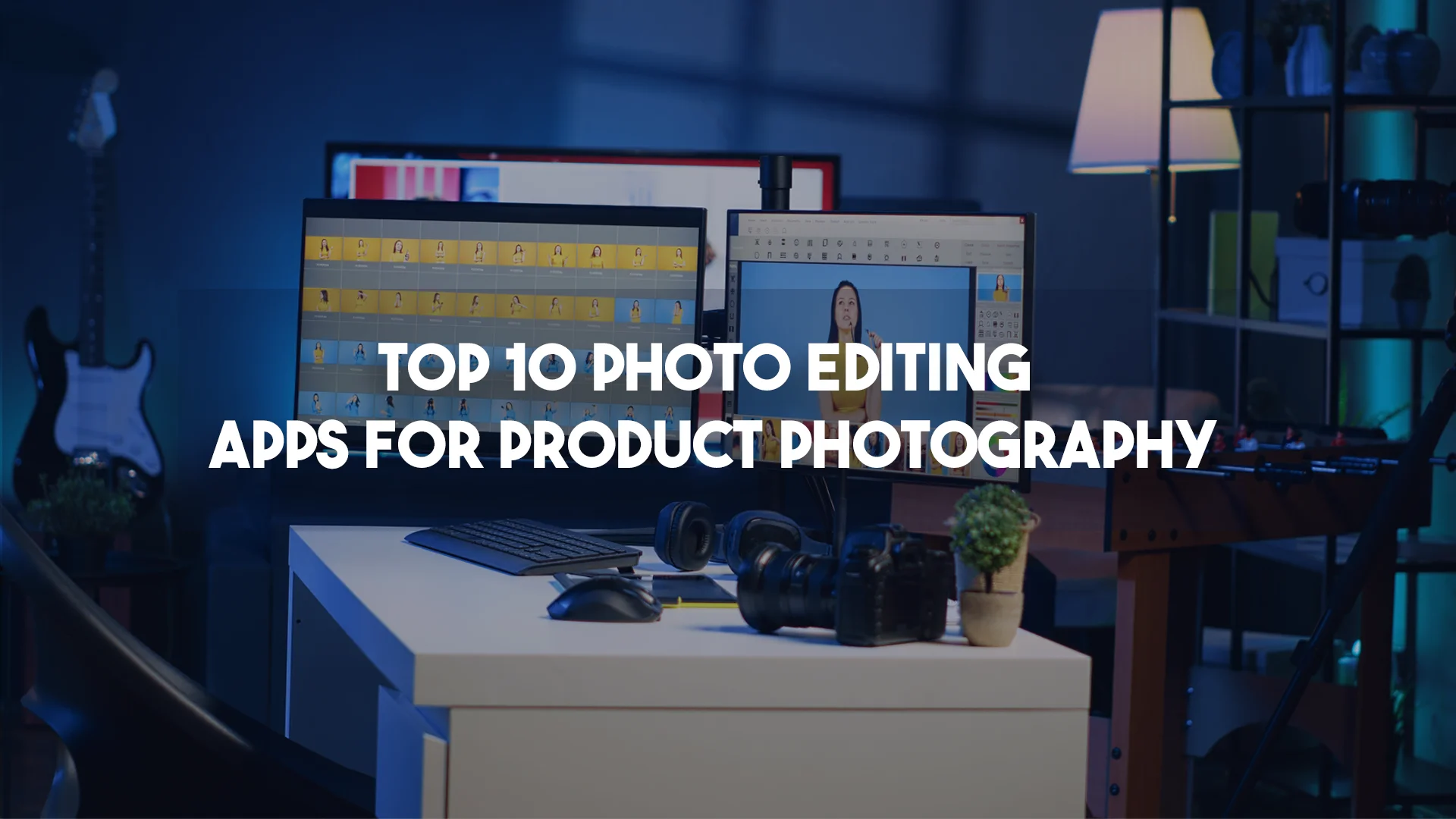In product photography, the objects should be photographed as sharply and well illuminated as possible. It is always difficult with very small motifs. I have found that the illumination with additional lighting is not always sufficient for a light tent or a hollow. Many photographers, therefore, rely on the so-called macro flashes, which are primarily used for macro nature shots.
What are macro flashes used for?
In close-up or macro photography, in which objects are photographed with an image scale of 1:1 or even slightly larger, macro flashes ensure optimal illumination. These are also referred to as “ring flashes.” If I want to photograph a small object as closely as possible with my camera without a macro flash, the lens causes an unsightly shadow formation. A macro or ring flash ensures ring-shaped, frontal, and shadow-free illumination at very close shooting distances. However, reflective surfaces are always problematic. However, this causes difficulties with every flashlight.
What distinguishes them from standard flash units?
A macro flash consists of two assemblies. The ring-shaped flash tubes are located on a suitable mount, which is fixed to the front of the lens. This flash unit is connected to a plug-on flash without a flashlight via a spiral cable. This is the electronics with the capacitor responsible for triggering the flash. This is also the structural difference compared to a conventional plug-on flash. Some models do not have circular flash tubes but horizontally or vertically arranged flash strips. In addition to traditional flashbulbs, models with high-power LEDs and continuous light are also used today. When using a ring flash, I have noticed that it emits a much softer light than a clip-on flash. A clip-on flash is not suitable for close-ups, as the subject is completely over-brightened.
What should you pay attention to when buying macro flashes?
Inexpensive macro flashes use LEDs of inferior quality. I opted for a model with TTL flash control. This option is usually unavailable with low-cost representatives. It is important that the flash can also be synchronized correctly with the camera used. With my model, I can even set different flash ratios. Instead of a circular flashlight, I can decide which circular segment of the ring flash should not flash. This opens up many more creative possibilities for me. Another criterion when buying a macro flash is the operation. A large LCD and comprehensible menu navigation are part of it. High-quality ring flashes also offer multiple lens adapters so that the flash can be fixed to almost any lens.
Result
To photograph small objects shadow-free, macro flashes offer good help. I have already seen the simple models for around 30 euros. Good ring flashes start at 100 euros.




